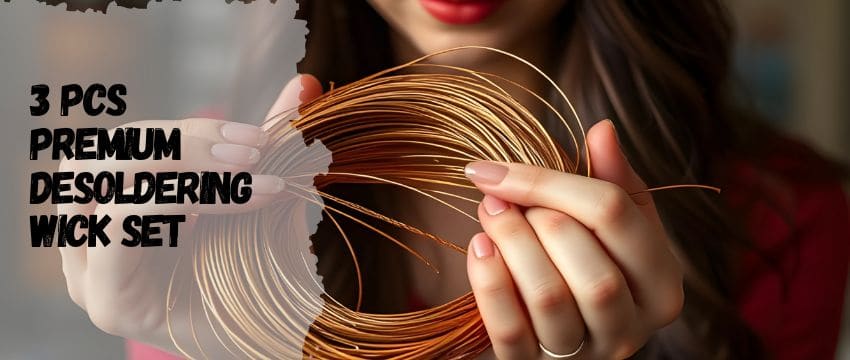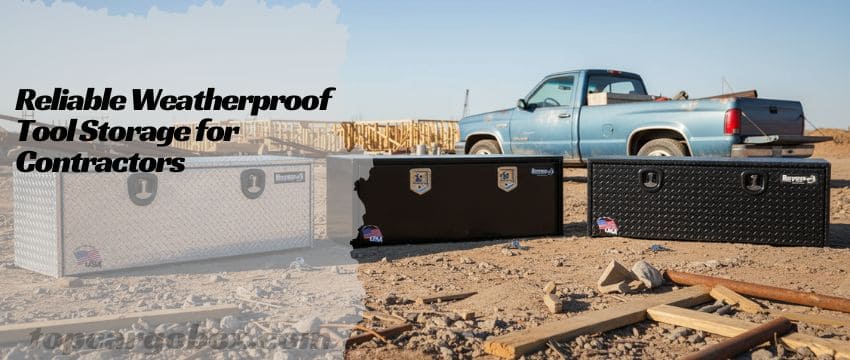Understanding the Importance of Desoldering in Electronics
Desoldering is a critical skill in electronics repair, prototyping, and manufacturing. Whether you’re fixing a circuit board, salvaging components, or correcting soldering mistakes, removing excess solder cleanly and efficiently is essential. Traditional methods like solder suckers or heated vacuums can be cumbersome, especially for delicate tasks. This is where desoldering wicks, also known as solder braids, shine. They offer a precise, low-risk way to absorb molten solder without damaging sensitive components. The JoTownCand 3 Pcs Premium Desoldering Wick Set elevates this process with its thoughtful design and high-quality materials. Designed for professionals and hobbyists alike, this set addresses common pain points like residue buildup, inconsistent performance, and lack of versatility. But what makes it stand out? Let’s explore its features, real-world applications, and how it compares to other solutions on the market.
Design and Packaging: Organized Convenience with Minor Trade-Offs
The JoTownCand Desoldering Wick Set arrives in a compact polypropylene case, which immediately sets it apart from competitors that often use flimsy plastic bags or cardboard packaging. The case protects the wicks from moisture, dust, and physical damage, ensuring longevity. Each of the three wick spools is housed in its own compartment, with a soft, invertible cover to prevent unraveling—a common frustration with cheaper alternatives. However, users note that aligning the wicks in the case requires precision, as one spool must be inverted to fit snugly. While this design choice maximizes space efficiency, it can feel slightly finicky during initial setup.

The spools themselves are labeled by width (0.08”, 0.1”, and 0.12”), though the packaging doesn’t explicitly list these measurements. This omission might confuse beginners unfamiliar with imperial units. Still, the inclusion of three distinct widths caters to diverse tasks, from fine-pitch IC pins to larger through-hole components. Each spool contains 10 feet of braided copper, offering ample length for hundreds of uses. The braid’s slight elasticity, while normal for this product type, means exact measurements can vary slightly—a minor quirk that doesn’t impact functionality.
Premium Materials: Why Copper Quality Matters
At the heart of the JoTownCand wicks is their high-grade copper construction. Unlike cheaper blends that incorporate steel or aluminum, pure copper excels in thermal conductivity and capillary action. This means the wick heats up rapidly when touched with a soldering iron, efficiently drawing molten solder into its braided fibers. The result? Faster desoldering with minimal residue—a boon for time-sensitive projects.

The tight, uniform weave of the braid ensures consistent performance. Loose or uneven braiding, common in low-quality wicks, can lead to incomplete solder absorption or fraying. JoTownCand’s precision engineering mitigates these issues, making it reliable for intricate PCB work. Additionally, the copper is treated with a no-clean flux, which leaves behind only non-conductive, non-corrosive residue. This eliminates the need for post-desoldering cleaning in most cases, saving time and reducing chemical use.
Performance Across Tasks: Versatility in Action
The set’s three widths—0.08”, 0.1”, and 0.12”—provide flexibility for different scenarios. The 0.08” (2mm) wick is ideal for precision tasks, such as removing solder from surface-mount device (SMD) pads or tightly spaced pins. The 0.1” (2.5mm) size strikes a balance between detail work and moderate solder volume, perfect for through-hole resistors or capacitors. The 0.12” (3mm) wick handles bulkier jobs, like clearing solder from ground planes or large connectors.
While some users argue that a wider range (e.g., 1.5mm to 6mm) would enhance versatility, the included sizes cover most common needs. Beginners might not notice drastic differences between the widths initially, but experienced users will appreciate the nuanced control. For instance, smaller wicks heat faster and target specific areas, while larger ones absorb more solder in fewer passes.
User Experience: Simplicity Meets Efficiency
Using the JoTownCand wicks is straightforward:
- Place the wick over the solder joint.
- Apply heat with a soldering iron (ideally 300–350°C).
- Lift both once the solder flows into the braid.
The process is gentle on PCBs, reducing the risk of lifted pads or traces—a critical advantage for delicate electronics. Beginners will find the wicks forgiving, as their controlled absorption minimizes accidental damage. Advanced users, meanwhile, can pair them with temperature-controlled irons for surgical precision.
A common critique is that the wicks’ performance depends heavily on technique. Pressing too hard can fray the braid, while insufficient heat leaves solder behind. However, this is inherent to desoldering wicks as a category, not a flaw specific to JoTownCand.
Real-World Applications: From Hobbyists to Professionals
- Electronics Repair: Salvage components from old devices without damaging them.
- Prototyping: Correct mistakes on custom PCBs quickly.
- Industrial Maintenance: Streamline rework in manufacturing lines.
- Education: Teach soldering/desoldering fundamentals in classrooms.
The no-clean feature is particularly valuable in labs and factories where time efficiency is paramount. DIY enthusiasts also benefit, as it reduces post-project cleanup.
Pros and Cons: Balanced Perspectives
Pros:
- Durable, tangle-free packaging.
- High-purity copper ensures fast absorption.
- No-clean flux saves time and resources.
- Three sizes cover most use cases.
Cons:
- Width differences are subtle for some users.
- Case alignment requires careful setup.
- No metric measurements on packaging.
Final Verdict: Who Should Buy This Set?
The JoTownCand Desoldering Wick Set is ideal for:
- Hobbyists seeking reliable tools for small projects.
- Technicians needing efficient, residue-free desoldering.
- Educators teaching electronics repair.
While it isn’t perfect—the subtle width differences and case quirks may frustrate perfectionists—it delivers exceptional value for its price. For under $15, it’s a worthy upgrade from budget options, combining quality, convenience, and versatility.
Main Specifications at a Glance
Feature | Specification |
|---|---|
Widths Included | 0.08” (2mm), 0.1” (2.5mm), 0.12” (3mm) |
Length per Spool | 10 feet (3 meters) |
Material | High-purity copper braid with no-clean flux |
Packaging | Reusable polypropylene case |
Residue Type | Non-corrosive, non-conductive |
Best For | PCB repair, SMD work, prototyping, education |
This table highlights the set’s key attributes, making it easy to compare against alternatives.
By prioritizing quality materials, user-friendly design, and practical versatility, the JoTownCand 3 Pcs Premium Desoldering Wick Set earns its place as a must-have tool in any electronics workspace.
Our team is creating outdoor-gear relevant articles with passion. If our articles can help you to find the correct solutions for your questions, we will be happy about that. In the content creation process, we usually collect accurate and useful information online or offline to compile our content in an organized way. Consequently, we can guarantee that you can discover some expected answers to your questions. We appreciate your time on our site.










